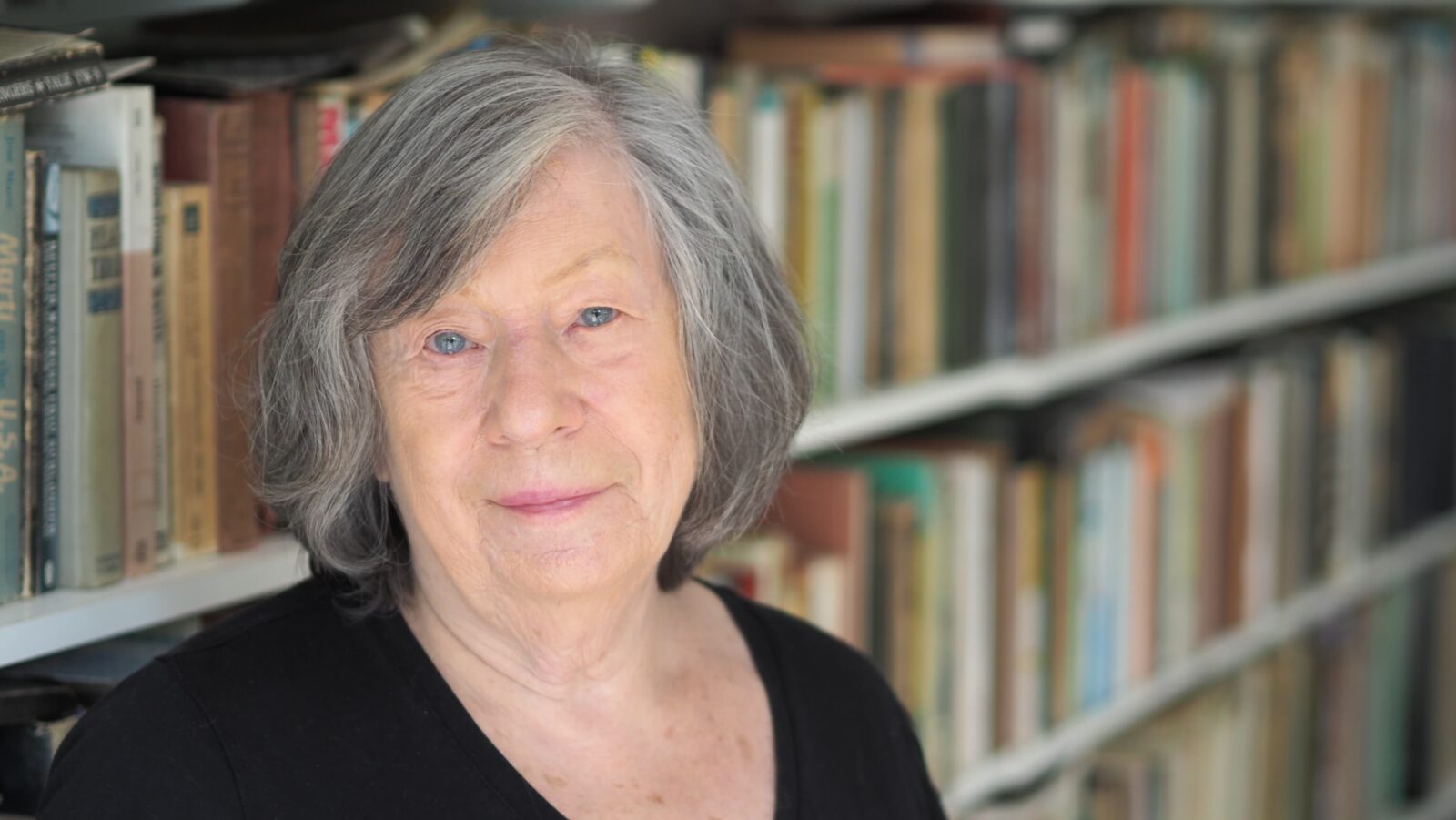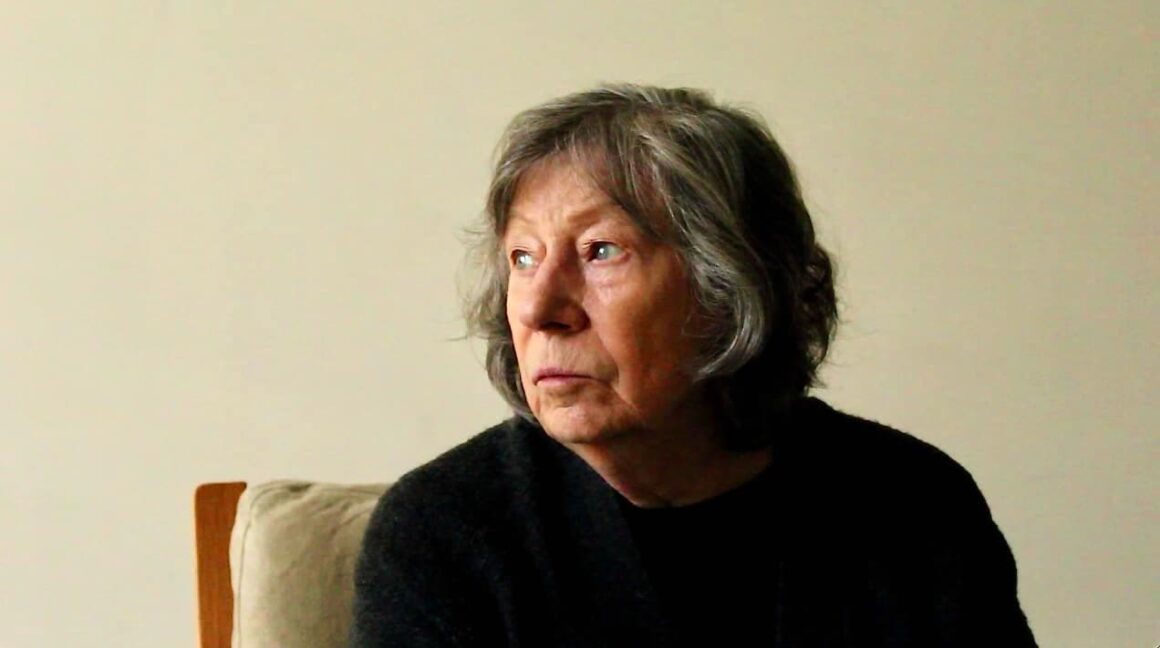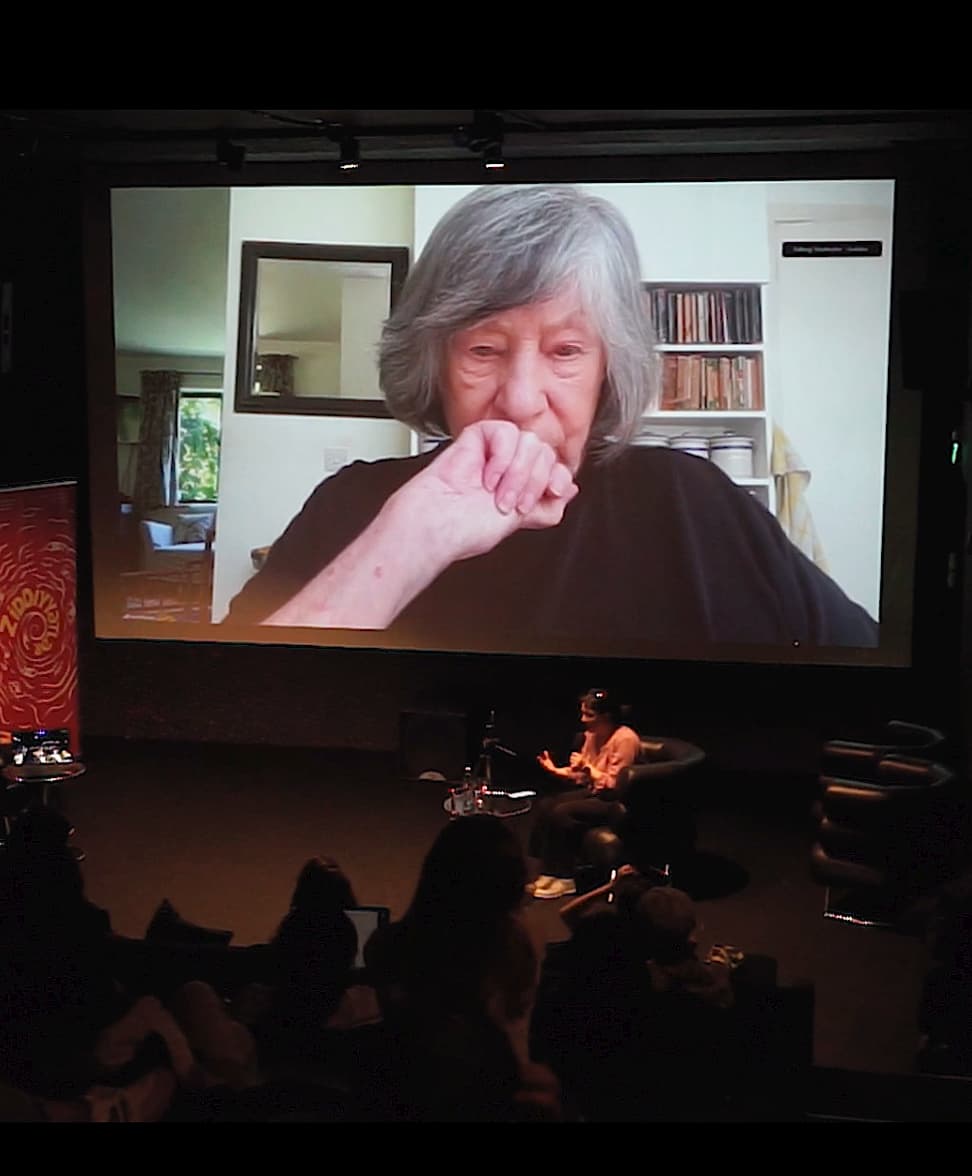Laura Mulvey: The depiction of women as erotic objects or as the support of the family are two sides of the same coin

For the sixth year in a row, the Sevil International Women’s Documentary Film Festival has organized an online masterclass for film enthusiasts featuring academic and director Laura Mulvey. Mulvey made a significant contribution to film theory with her groundbreaking article “Visual Pleasure and Narrative Cinema”. In this essay, she draws on the theories of Freud and Lacan to analyze the way we watch films, offering a critical examination of cinematic spectatorship through a feminist lens.
Kinoyazar is pleased to present this exclusive interview with Laura Mulvey.
– You have criticized the patriarchal structure of Hollywood cinema and emphasized the importance of feminist avant-garde film strategies. In societies like Azerbaijan, where patriarchal traditions are strong, what strategic approaches can filmmakers take to represent women as individuals?
– Since the 1970s, technological changes—especially the shift from celluloid to digital—have radically transformed film and other visual media. These changes have affected the production, distribution, and exhibition of films, offering far more possibilities for alternative filmmaking than existed 50 years ago. While in the 1970s alternative filmmaking was closely tied to avant-garde traditions, today, digital technologies enable more flexible aesthetic and narrative approaches. Women can not only make their own films, reflecting their everyday realities, but also explore forms of storytelling that have historically been ignored or undervalued by male filmmakers.
– In classic Hollywood films, female characters were often shown as “objects to be looked at.” In Azerbaijani cinema, women are often coded as “the moral compass” or “the foundation of the family.” Do you think these representations are equally problematic?
– In fact, the opposition between the cinematic portrayal of women as erotic objects and as the moral or familial foundation reflects two sides of the same coin: one promoted by capitalist, consumer-driven culture, and the other by conservative, often religious, value systems—both of which are male-dominated. This is the kind of issue that feminist theory and criticism should address and analyze through specific examples of relevant films. That is, similar to the analysis of ‘Visual Pleasure…’ but addressing and analyzing a different, but related, stereotype.

– In your opinion, how can feminist approaches be applied to film production in countries with limited resources?
– As I mentioned in response to the first question, today there are many ways to make films with limited resources. However, a critical question remains: how does a nation wish to be perceived within the context of international culture—particularly through film, which holds significant global visibility?
It’s interesting to look at the Iranian cinema of the 1990s… in addition to the well-known names of the ‘New Iranian Cinema’, a number of women directors received funding from the state and Iran became one of the leading nations supporting women directors.
– How can young directors and documentary filmmakers practically benefit from your theory of “visual pleasure”?
My argument was primarily derived from Hollywood cinema of a particular (studio system) period. – an industrial, popular and commercial cinema. The argument was never intended to encompass all of cinema in all its diversity of style and modes of address.
However, my argument was designed to create an awareness of the cinema’s intrinsic relation to the powers and pleasures of a dominant ‘look’ aligned with that of the camera.
– You have stated that cinematographic techniques (camera angle, editing, lighting) are dominated by the male gaze. What specific visual strategies would you suggest to challenge this gaze?
– In the 1970s, we worked with the concept of counter-cinema—that is, directly opposing dominant cinematic conventions through their negation. Today, however, the priority for women filmmakers is to explore how their own experiences can be translated into filmic form. These lived experiences will, by necessity, call for deviations from established cinematic conventions. They may require new rhythms, perspectives, and emphases—all of which influence the visual language of film.

– Today’s audience is different from the classical Hollywood audience. In an era where gender roles are more fluid, has the concept of visual pleasure also changed?
– Once again, it’s not only a matter of a different audience, but the possibilities of varied spectatorships are now multiple due to digital technology.. I wrote ‘VP&NC” at a time when films could only be seen in cinemas, in the dark etc. Now the spectator has infinite possibilities of interfering with the flow of the narrative (stop, slow down, repeat etc) and given gender identifications lose their definition. A digital spectator transcends ‘VP..’ and can find new visual pleasures with these kinds of experiments.
– There are very few female directors in Azerbaijani cinema. What kind of changes should be made in film education and film institutions to change this situation?
To recap: 1. Film education/institutions should realise that even major directors are now making films on their phones. The flexibilities, informalities and idiosyncrasies of new technologies should be exploited. Quite apart from individual achievements, however, these experiments can build up a body of work that lead to:
2. The film community should put pressure on its governmental and other cultural institutions to realise the importance of film in raising a national profile (or identity) on an international stage. Inevitably, this involves supporting adventurous endeavors, perhaps these days those of women, in which a national cultural can be seen to reflect on the key issues of its time.
Aynur Kazimova
